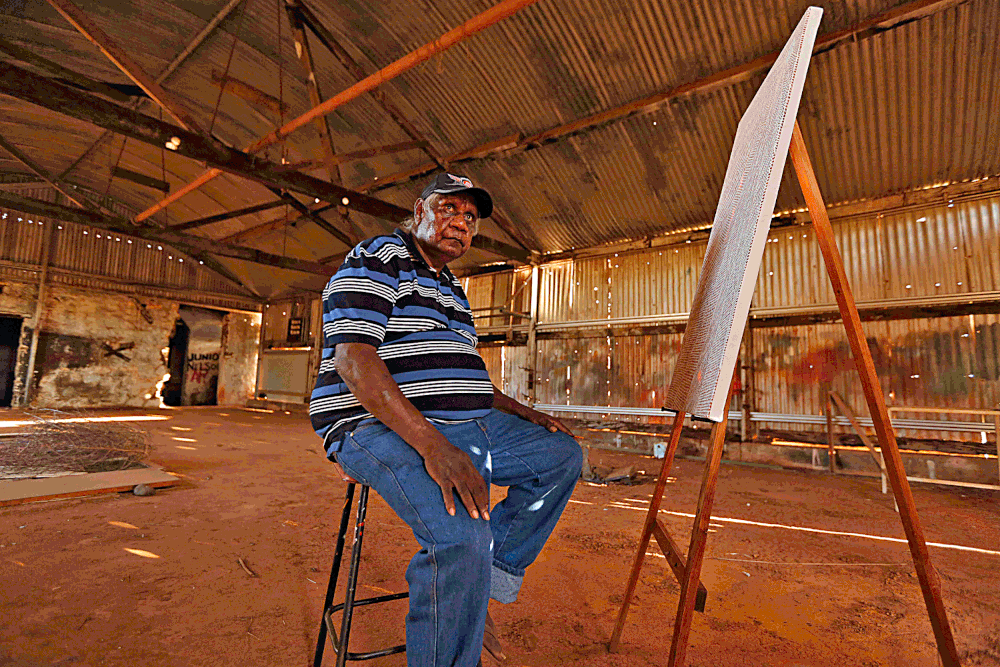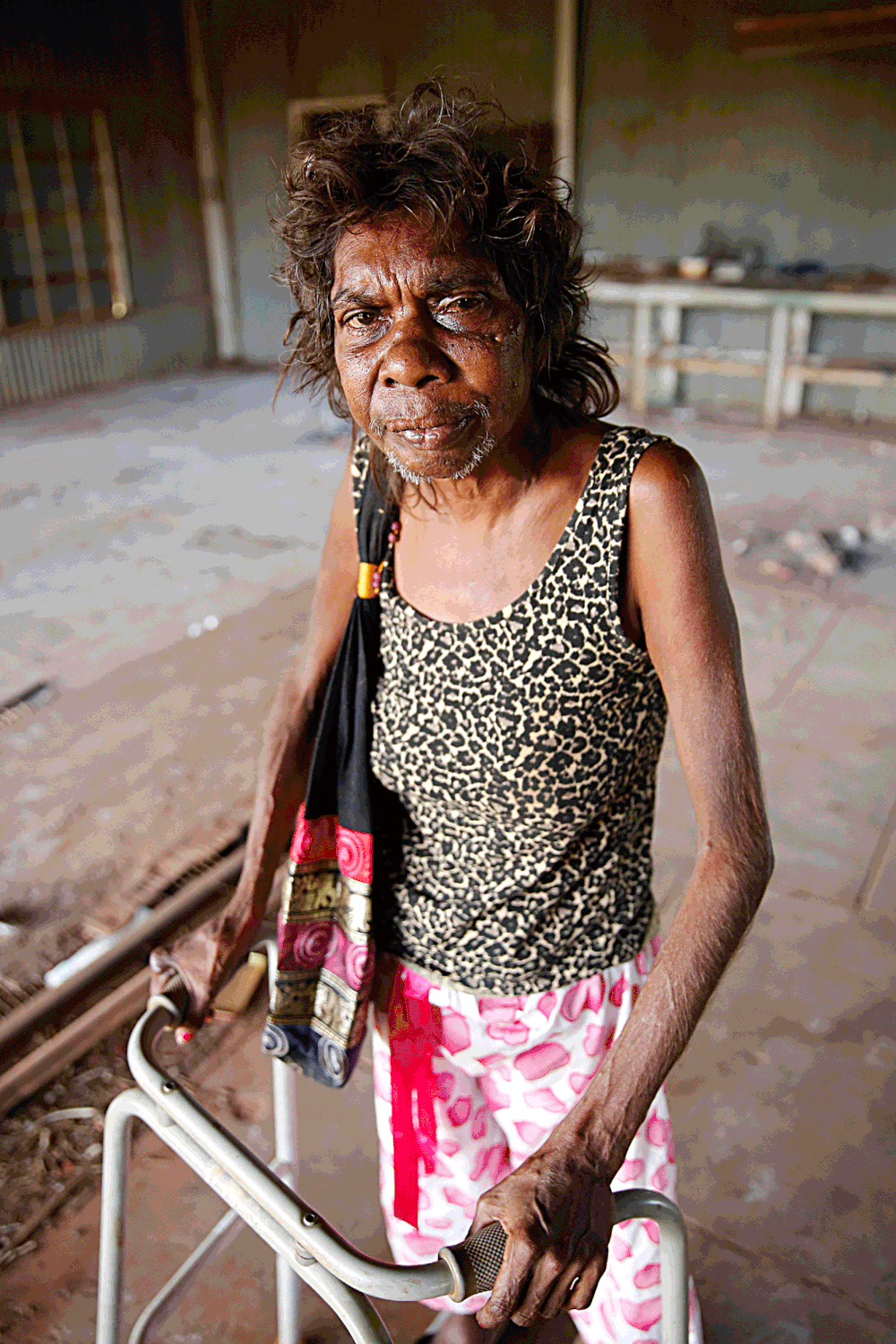In May of 2013 I travelled back to the Pilbara to continue working on a new book that was near to completion.
The weather turned out to be no good: cloudy everyday and raining often. Weather totally anathema to the concept of the Northern Dry Season.
So rather than sit down and moan about the weather, and with the help of a very good friend Susan Shirtliff and her partner Stephen, I got stuck into Roebourne and photographed and interviewed some of the people of that town: a town that will be subject to enormous change in the coming years.
The project fits with my desire to capture aspects of occupations, peoples, landscapes and lifestyles that are rapidly disappearing.
The journey proved to be one of the more incredible of my life. I aimed to spend the better part of a day with each subject so that I could drive into the essence of who they were as people.
On more than one occasions people shed tears. For some I felt it to be a therapeutic process. It helped me become a better listener. I quietly shed a tear on more than one occasion. The stories were moving and very powerful: contrary to the perceptions most people have of Roebourne.
I photographed one who had worked on the hydrogen bomb tests in the Central Pacific in the 1950s. It was his job to retrieve the cameras after the bombs went off. He wore a protective suit which got hosed down and burnt after the bombs went off. He described trees falling as dominoes with the impact of the blast. Dead fish. Lots of dead birds. An incredible sound that no-one could ever prepare one for.
I photographed another that lost four brothers to mesothelioma. Three worked on the trucks from Wittenoom. One had no exposure to asbestos other than that kicked up by the sheep as they walked over broken asbestos bags that had fallen off the trucks.
Another described the death of his sister in a car accident on gruesome and sickening detail. It still moves me that story to now.
Still others moved me with how they had turned their lives around. In and out of jail, battling the booze, now powerful community leaders determined to improve the lives of the people in their fold and steer them away from the mistakes they had made. Their inner strength was incredible.
And there were two other Aboriginal women I met on different days while scouting for subjects. Cracker stories. Cracker people. One had slammed the bottle, drugs and everything else, been in jail for twelve years for murder, but revelled in her past. She'd not wasted a day.
My experience with Roebourne showed that stereotypes are just that. Generalisations that miss the essence of a person or people. If we accept generalisations too readily we close our eyes to so many incredible possibilities (exception being Freo supporters!)



